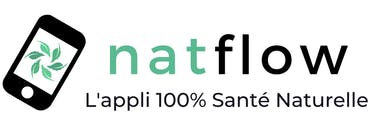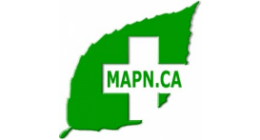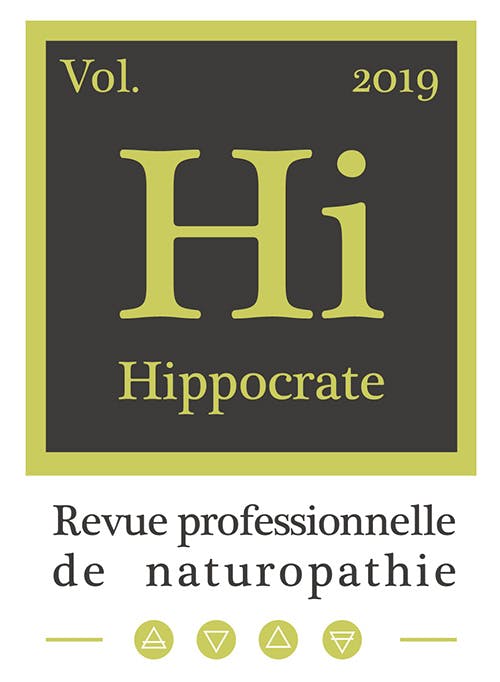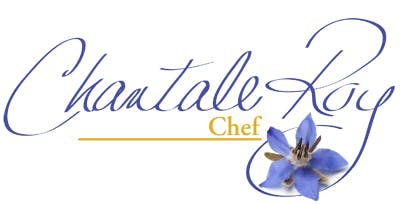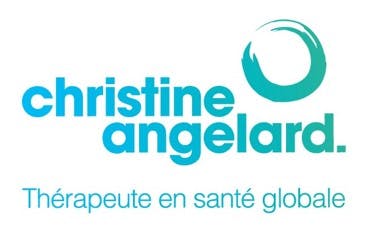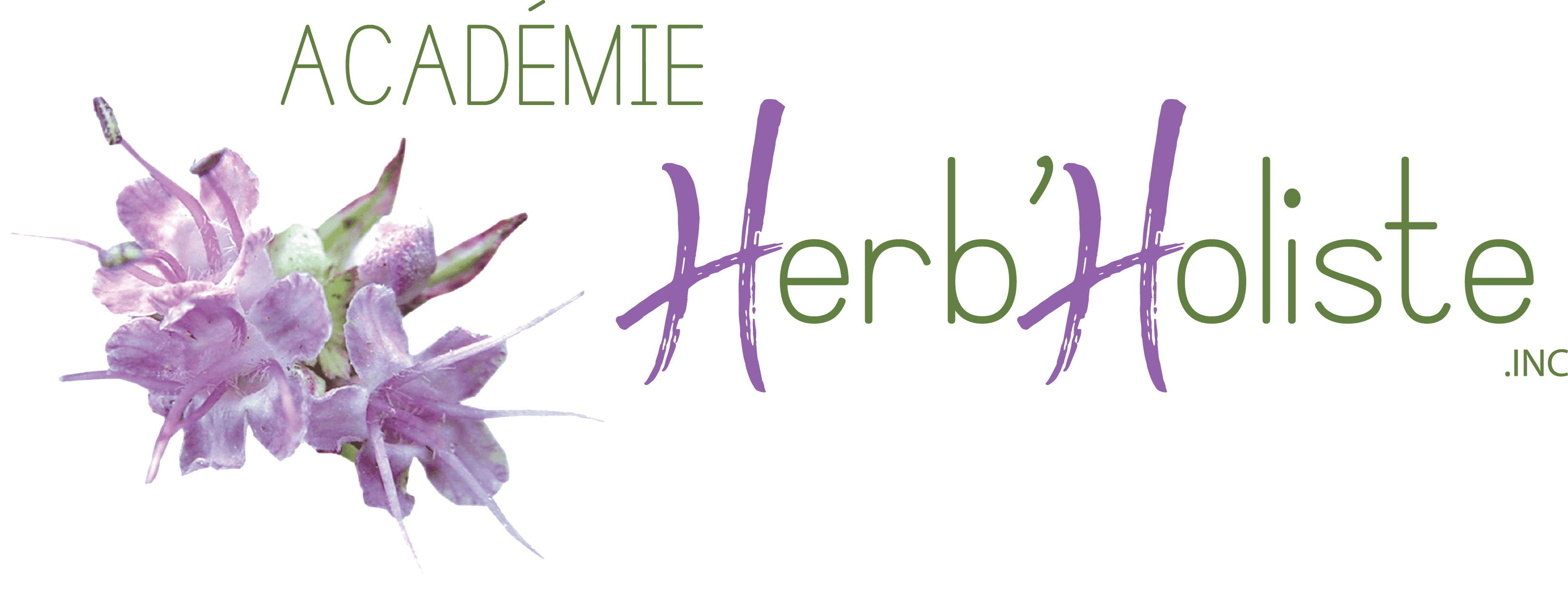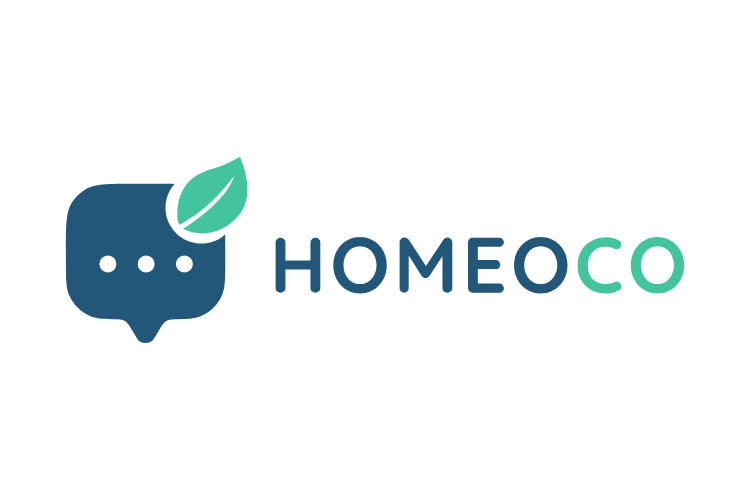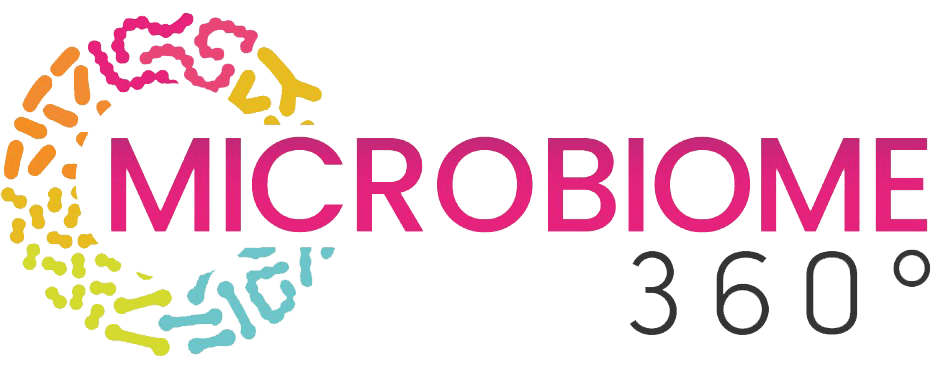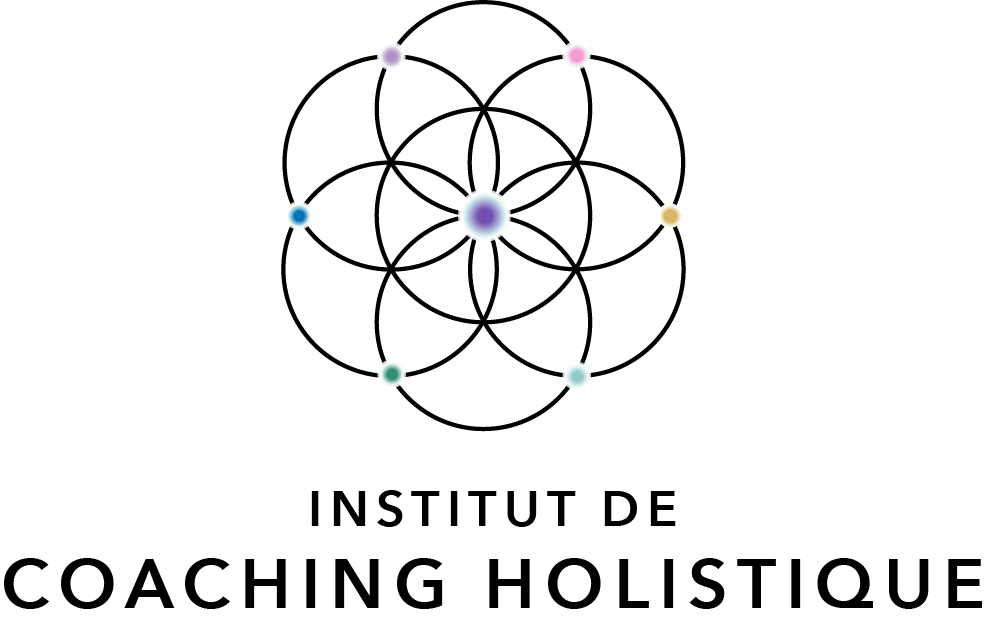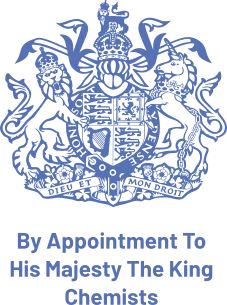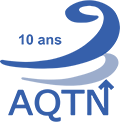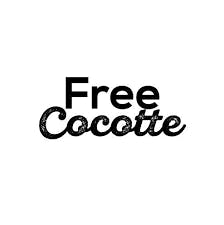Vital Hygiene
The Natural Laws of Health
This foundational course introduces the philosophy and practice of vital hygiene, one of the cornerstones of modern naturopathy. Inspired by the work of early hygienist pioneers such as Herbert Shelton and Sylvester Graham, this approach teaches that true health arises from living in harmony with the natural laws that govern life.
Students learn that illness is not an accident, but rather a biological reaction — the body’s natural attempt to restore internal balance. By understanding and respecting the constructive principles of nature, it becomes possible to prevent chronic disorders and foster deep physical and mental regeneration.
The course explores:
- The biological and philosophical foundations of vital hygiene;
- The natural laws that sustain life and health;
- The history of the hygienist movement and its influence on modern naturopathy;
- The balance of vital forces — nutrition, breathing, movement, rest, emotions, light, and connection with nature.
Dedicated sections address prevention and detoxification, the quality of air, water, and food, as well as physical and mental pollution and the regulation of emotions as key components of vitality.
Students also discover the vibrational dimension of health, which views all forms of imbalance — physical, mental, or spiritual — as disruptions in the flow of vital energy. This holistic understanding links biological laws, natural rhythms, and universal forces to the human experience.
Ultimately, Vital Hygiene stands as a core course in naturopathic education. It teaches how to live in accordance with nature’s principles, support the body’s self-healing capacity, and build the foundation for lasting, conscious, and responsible health.

Included Teaching Methods:
- E-Learning courses: an interactive, motivating, and effective learning method.
- Printable course workbooks
- Online exams
- Access to the student centre
- Videos and virtual library.
Course Content Description
Student Guide
- Schedule
- Teaching method
Introduction
- What is vital hygiene?
- Vital hygiene: a complete lifestyle
- Principles of vital hygiene
- Modern history of vital hygiene
CHAPTER 1
The principles of nature
- The constructive principle of nature
- The destructive principle of nature
- The principle of naturopathy
- Life and vibrational emission
- Health is positive, disease is negative.
- Natural immunity
- Disease and its causes
- The primary stages of disease
- The nature of disease
- Triggering factors
- Primary factors
- Heavy and prolonged use of synthetic products
- Deep intoxication of the body due to poor diet
- Acute disease
- Chronic disease
- Surgical interventions
- Medications
- Adaptation syndrome
- Alarm phase
- Resistance phase
- Exhaustion phase
- The human being as transmitter-receiver
- Detox or self-healing crisis
- Morbidity crisis
- The curative crisis and the morbidity crisis
- Morbidity layers
- Law of healing
- The “Key” to health and recovery
- Lifespan
- Life conception
- Materialist conception
- Vitalist conception
- Knowledge review
- Activity 1
CHAPTER 2
The etiological principles of vital hygiene
- Introduction
- Foundations of the science of vital hygiene
- Lack of exercise
- Lack of sunlight
- Insufficient fresh air
- Poor diet
- Fatigue
- Clothing
- Temperature
- Work
- Sleep
- Bathing
- Toxins
- Falls
- Spinal and structural injuries
- Emotions
- Excesses and deficiencies
- Is my sexual desire normal?
- Manifestations of lack of desire
- Myths… let's discuss!
- Knowledge review
- Activities 2
CHAPTER 3
Atmosphere and pollution
- Air pollution
- Hermetically sealed buildings
- Sealed building syndrome
- Numerous problems with mechanical ventilation
- Adverse effects of chemical contaminants
- Biological contaminants
- Vocabulary for healthy air
- Central mechanical ventilation system
- Stale air exhaust or outlet vents
- Fresh air intake, exhaust, or recirculation dampers
- Air diffusers
- Return grilles
- Fans
- Ventilation duct
- Filters and pre-filters
- Heating and cooling coils
- Humidification (or dehumidification) system
- Thermostats
- Some resources
- Basic information about cell phones and their antennas
- A. Introduction
- B. Frequencies and powers used by different devices
- C. Units used for high frequencies
- 1. Specific absorption rate
- 2. Power density
- 3. Wavelength
- 4. Penetration of high-frequency waves in the body and occurrence of hot spots
- E. How cell phones work
- F. How an antenna works
- G. Smartphones
- Knowledge review
- Activities 3
CHAPTER 4
Food quality
- Organoleptic characteristics
- Food additives
- Nutritional value
- Organic food products
- Safety
- Hormone products
- Natural anabolic agents
- Synthetic anabolic agents
- Recombinant bovine growth hormone (rBGH)
- Antibiotics
- Pesticides
- Food preservation by irradiation
- Some resources
- Genetically modified foods
- What genetic manipulation involves
- Side effects of genetic manipulation
- Tryptophan: 37 people die from poisoning
- Soy and herbicide-resistant canola seeds
- Potatoes containing pesticide genes
- Corn containing pesticide genes
- Labeling
- Insertion of viruses in crops
- Genetic manipulation of food enzymes and additives
- Scorpion toxin on our crops
- Other genetically modified foods
- Some interesting links
- Call for biodiversity protection and against the appropriation of living things and genes
- Call for this biodiversity to be designated a world heritage site
- “GMOs UNDER SURVEILLANCE”
- Interesting links for further reflection
- Biodiversity at risk
- Knowledge review
- Activity 4
CHAPTER 5
Metals
- Mercury, lead and cadmium: danger!
- Degree of accumulation:
- Lead
- Risks of lead exposure
- Recommendations for reducing lead
- Mercury
- Risks of mercury exposure
- Presence of mercury in food
- Regulation
- Recommendations for reducing mercury
- Cadmium
- Risks of cadmium exposure
- Recommendations for reducing cadmium
- Aluminum
- Risks of aluminum exposure
- Presence of aluminum in food
- Aluminum-containing additives
- Recommendations for lowering aluminum
- Summary
- Dangers of dental amalgams
- Chronic illnesses
- Holistic dentists
- Symptoms of amalgam poisoning
- Avoiding root canals
- Correspondence between teeth and other body parts
- Legend
- ROOT CANAL OR EXTRACTION?
- Traditional school of thought:
- Ocalexic school:
- Alternative school:
- Knowledge review
- Activity 5
CHAPTER 6
The elements
- Solar rays
- UV rays and their effects on the skin
- Skin protection
- Sunscreens
- Heat stroke
- Lighting
- Lighting in the workplace
- Working with screens
- Water
- Contaminated water
- The Great Lakes
- Genetic mutations
- A “contaminated” city
- Changes
- Pollution or unemployment
- Drinking water
- Natural spring mineral water
- Demineralized or flat water
- Filtered water
- Knowledge review
- Activity 6
CHAPTER 7
Mental hygiene
- Introduction
- Who am I?
- Listening to your life
- Self-control and positive thinking
- Being optimistic
- Comparison between optimist and pessimist
- Anticipating success
- Constant focus on personal growth
- Seeking a better quality of life
- Positive affirmations
- Mental treatment
- Conclusion
- LIFESTYLE AND NATURAL TREATMENTS
- Knowledge review
- Activity 7
Answer Keys
- Answer key for Activity 1
- Answer key for Activity 2
- Answer key for Activity 3
- Answer key for Activity 4
- Answer key for Activity 5
- Answer key for Activity 6
- Answer key for Activity 7
Appendix
- Clinical index
- Bibliographic references
Graded Activities
- Assessment questionnaire









